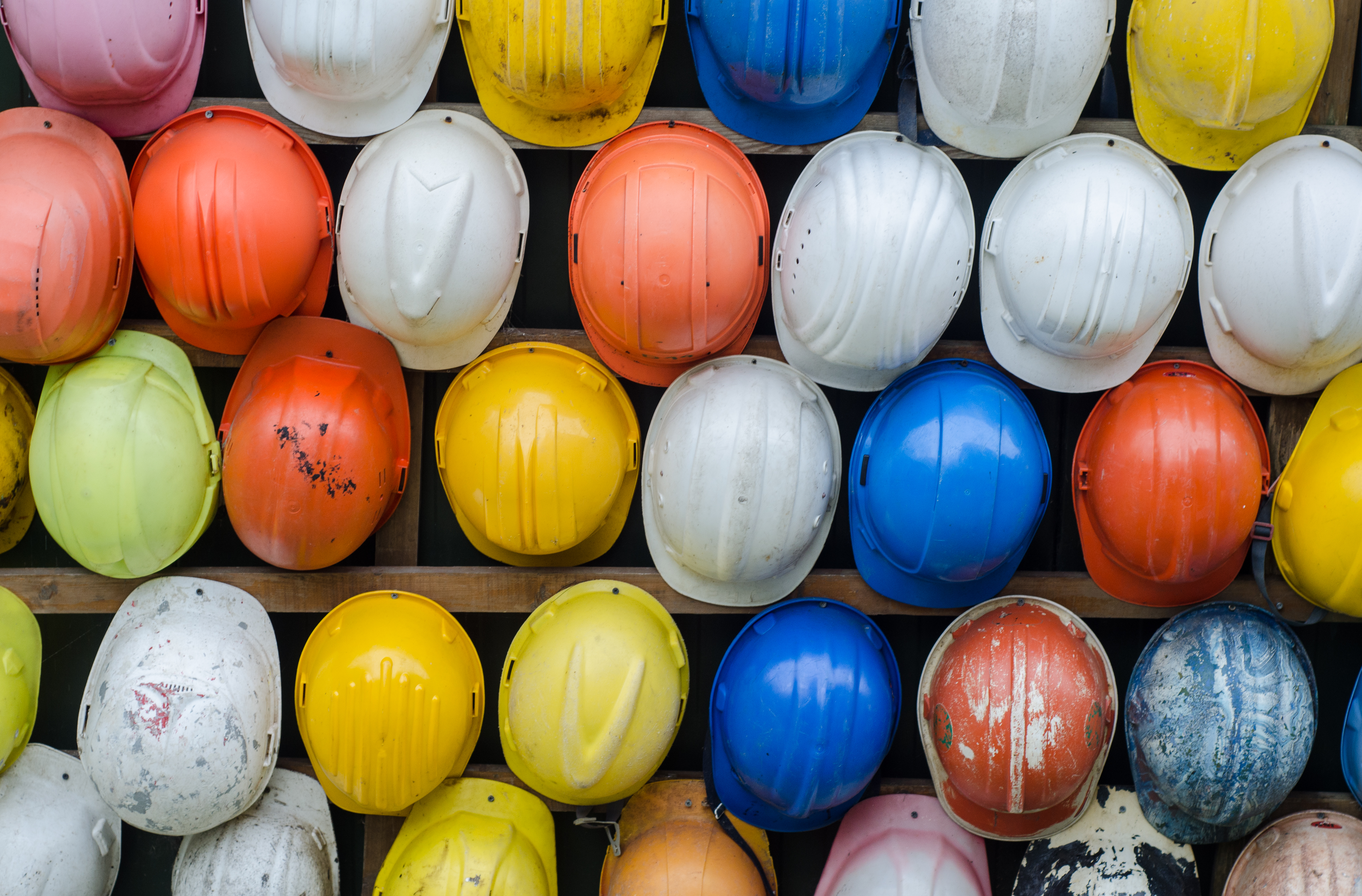BLOG
Working Safely and Responsibly with Concrete
by TRP Ready Mix on April 3, 2018
Tips for Worker Safety and Sourcing Eco-Friendly Concrete Products
Concrete is the most widely used building material in the world. It’s versatile, long-lasting, and easy to work with.
But when working with concrete, you need to be safe and environmentally responsible. You can reduce your environmental footprint and keep workers safe with the right precautions. Where you order your concrete and how well you enforce workplace safety are crucial.
Here are tips for choosing a responsible concrete supplier in Ottawa and ensuring worker safety on the job so you can protect both your environment and your workers.
ECO Certification
We all must do our part to protect the environment. If business activities could potentially impact the environment, then a business needs an Environmental Compliance Approval (ECA) from the Ministry of the Environment (MOE) to operate legally in Ontario.
This is why ECO Certification exists for concrete companies.
Concrete companies who are ECO Certified can assure their customers and communities that they, their facilities, and their concrete products are compliant to environmental and sustainable standards.
Certified companies are responsible for following best practices for the communities and environment in which they operate—including the air, water, noise, and waste.
So when choosing a reliable and responsible concrete supplier for your next concrete project, look for local concrete companies who are ECO Certified.
On-Site Safety Tips
When it comes to worker safety, you can never be too cautious. The weight and chemical composition of concrete can harm workers if these safety measures aren’t in place.
Hard Hats
Hard hats are essential safety gear for all construction sites, whether or not you are working with concrete. As a result, head protection is absolutely necessary to ensure optimal worker safety.
Eye Protection
Concrete can pose a threat to the eyes in both its dry and wet forms. To protect workers’ eyes from dust and concrete splatter, workers should wear full-cover goggles or safety glasses with side shields at all times.
Back Safety
Concrete and its separate ingredients—cement, aggregates, sand, water—are heavy. Whether you are mixing concrete on site or having it delivered from a local concrete supplier, make sure your workers follow these instructions for lifting heavy materials:
- Keep your legs bent and your back straight;
- Keep the weight between your legs and close to your body;
- Do not twist your body while lifting or carrying heavy objects;
- If the materials are too heavy, get others to help you;
- Use mechanical equipment to bring heavy materials as close as possible to the desired location;
- Opt to have concrete delivered to a final area with a truck pump or chute;
- Use a shovel to push—not lift—concrete should into its final position;
- To spread concrete, use a short-handled, square shovel, a concrete rake, or come-alongs; and,
- Avoid excessive horizontal movement of the concrete to prevent over-exertion and separation of ingredients.
Skin Protection
Both fresh and dried concrete can irritate skin, so workers should take necessary precautions to avoid prolonged contact with concrete:
- Wear long-sleeved shirts, long pants, and waterproof gloves;
- Wear high enough rubber boots to prevent contact while standing in fresh concrete;
- Prevent fresh concrete from saturating clothing with moisture;
- Rinse saturated clothing with water until clear;
- Wash hands, arms, and other affected areas with pH-neutral soap and clean water;
- Use waterproof pads to protect knees, elbows, and hands during concrete placing and finishing; and,
- If skin becomes irritated, causing persistent or severe discomfort, seek medical attention.
With environmental and safety best practices, you can ensure your concrete projects are safe, sustainable, and responsible. Protect your workers’ health and safety while protecting the environment when working with concrete.

